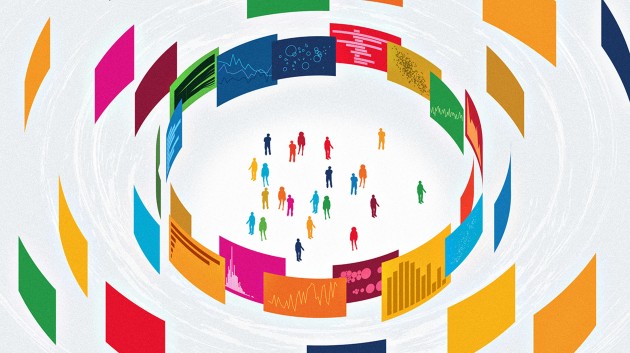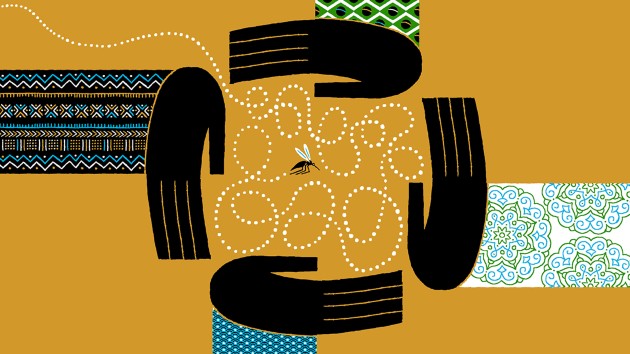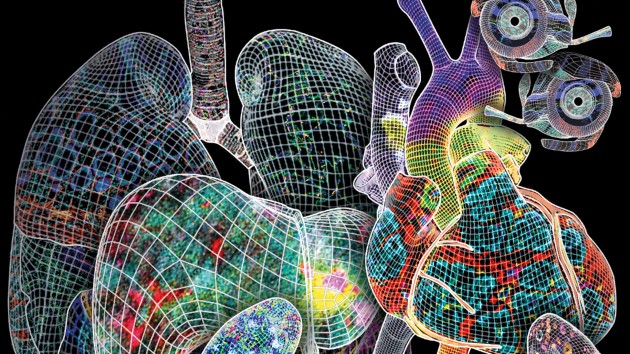Collection |
Collections
Filters
-
Collection Type
-
-
Collection |
 Progress towards the Sustainable Development Goals
Progress towards the Sustainable Development Goals
The year 2023 marks the mid-point of the 15-year period envisaged to achieve the Sustainable Development Goals, targets for global development adopted in September 2015 by all United Nations Member States.
Image: © Springer NatureOpen for submissions -
Nature Outlook |
 Malaria
Malaria
Malaria incidence and mortality rates have hardly changed since 2015.
Image: Adam McCauley -
Nature Outlook |
 Neglected tropical diseases
Neglected tropical diseases
Nearly two billion people are affected by at least one of the conditions known collectively as neglected tropical diseases.
-
Nature Index |
 Annual tables 2023
Annual tables 2023
The Nature Index 2023 Annual Tables highlight the most prolific institutions and countries in high-quality research publishing for the year 2022. For the first time, they track output in high-quality medical journals in addition to four natural-science categories.
Image: Pallava Bagla/Corbis via Getty -
Spotlight |
 Nutrition research in China
Nutrition research in China
China today is perhaps unrecognisable from the same country 50 years ago. And as the country has changed, so has its diet. How will these deep shifts in the country’s eating habits affect healthcare and treatment, and what can scientists and policymakers do about it?
Image: M. Schauer/Shutterstock -
Collection |
 Innovations in Stem Cell Biology 2023
Innovations in Stem Cell Biology 2023
Stem cell models of development, regeneration, and disease are quickly advancing. New technologies and concepts are continuously combined with existing knowledge to create more realistic systems to improve our understanding of these intricate processes. In this collection, we highlight papers published in 2022-2023 across Nature Portfolio journals on topics including embryonic development and stem cells, reproductive biology, synthetic tissues and embryo models, clinical and translational research and tissue stem cells.
Image: Jean-Baptiste Sibarita, Virgile Viasnoff, and Anne Beghin -
Advertisement Feature |
 Big health research and technology transfer: Trends and prospects
Big health research and technology transfer: Trends and prospects
‘Big health’ is a comprehensive concept to encapsulate the changing world, evolving social needs, and the spectrum of new disease threats.
Image: Mina De La O -
Nature Outlook |
 Smoking
Smoking
Tobacco smoking places an enormous burden on global health — around 14% of all deaths in 2019 were attributed to this habit.
Image: Daniel Stolle -
Spotlight |
 Quantum computing
Quantum computing
From smartphones to supercomputers, modern computers work by manipulating digital 1s and 0s.
Image: Bartlomiej K. Wroblewski/Shutterstock -
Nature Outlook |
 Spinoff Prize 2023
Spinoff Prize 2023
Academic research constantly creates and disperses seeds of scientific insight.
Image: Kotryna Zukauskaite -
Career Guide |
 Freedom and safety in science
Freedom and safety in science
This collection of career resources, including a Working Scientist podcast series sponsored by the International Science Council, explores freedom and safety in research and how this is curtailed by external social, political and economic pressures.
Image: Getty

 Human BioMolecular Atlas Program
Human BioMolecular Atlas Program